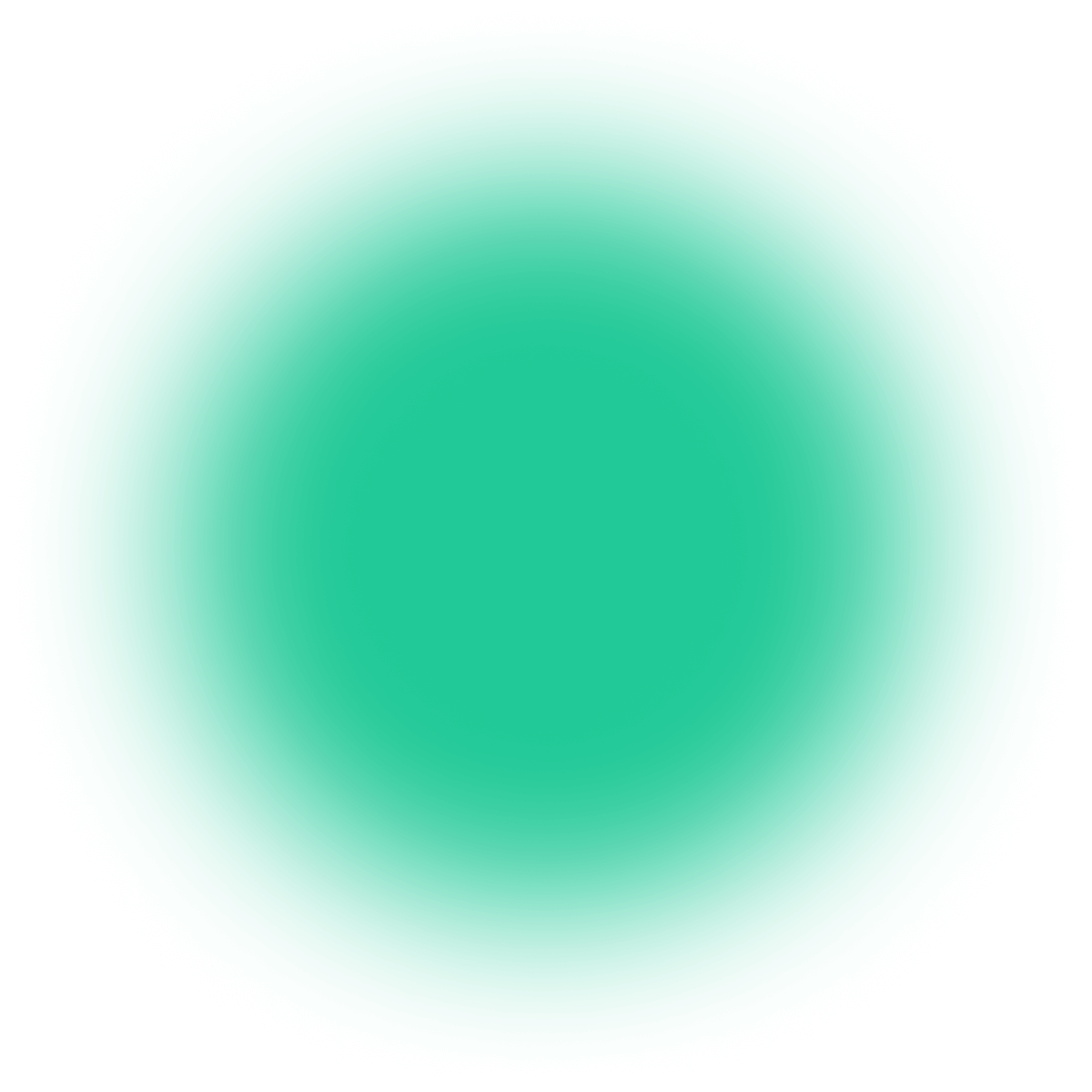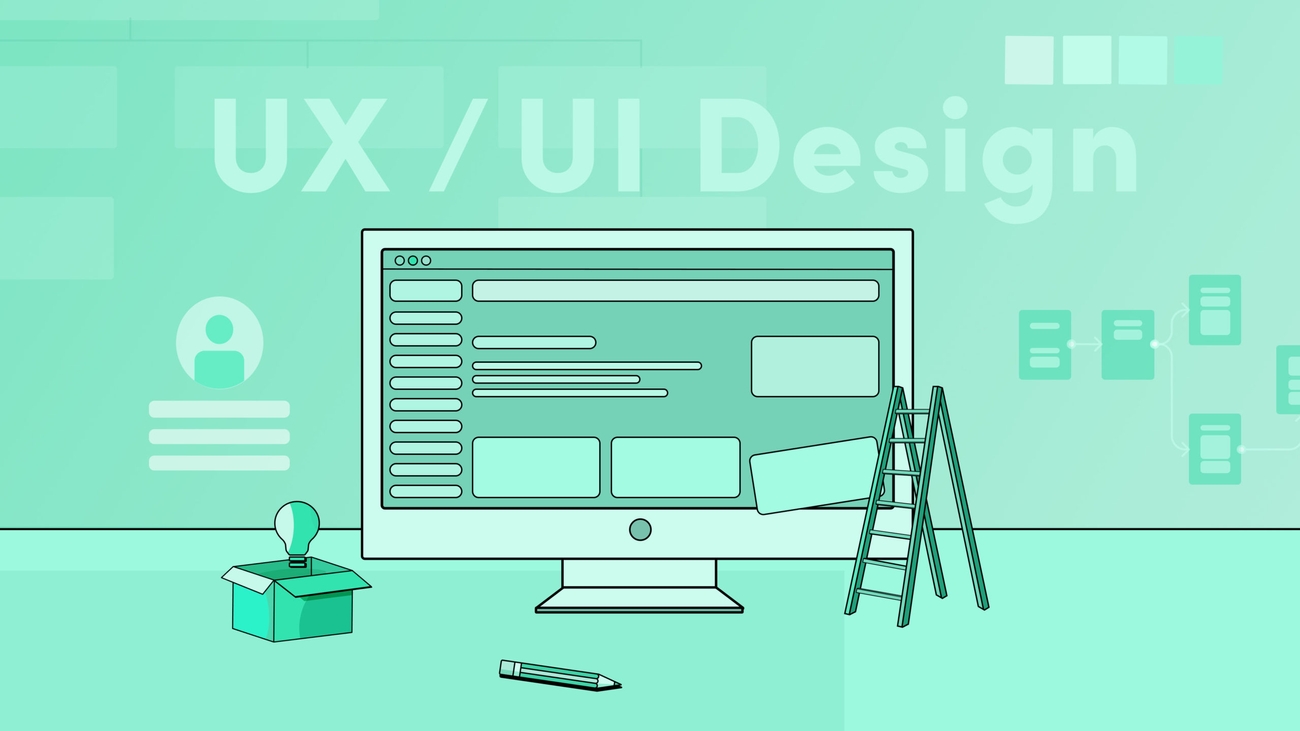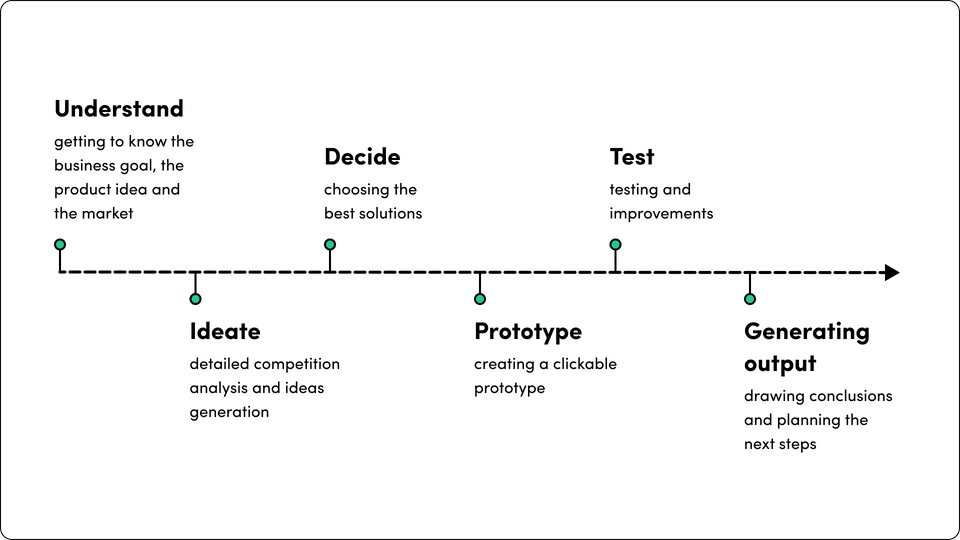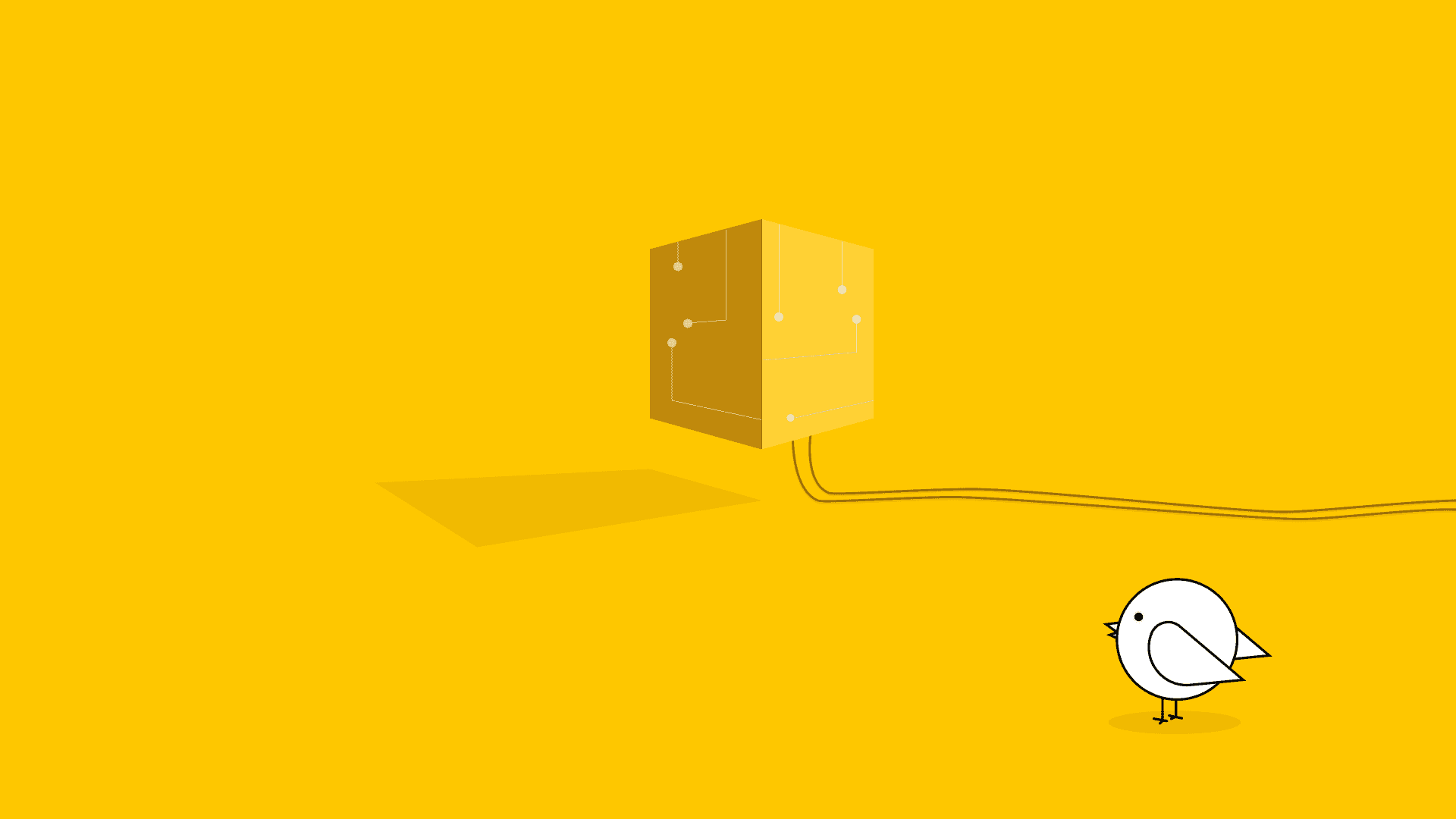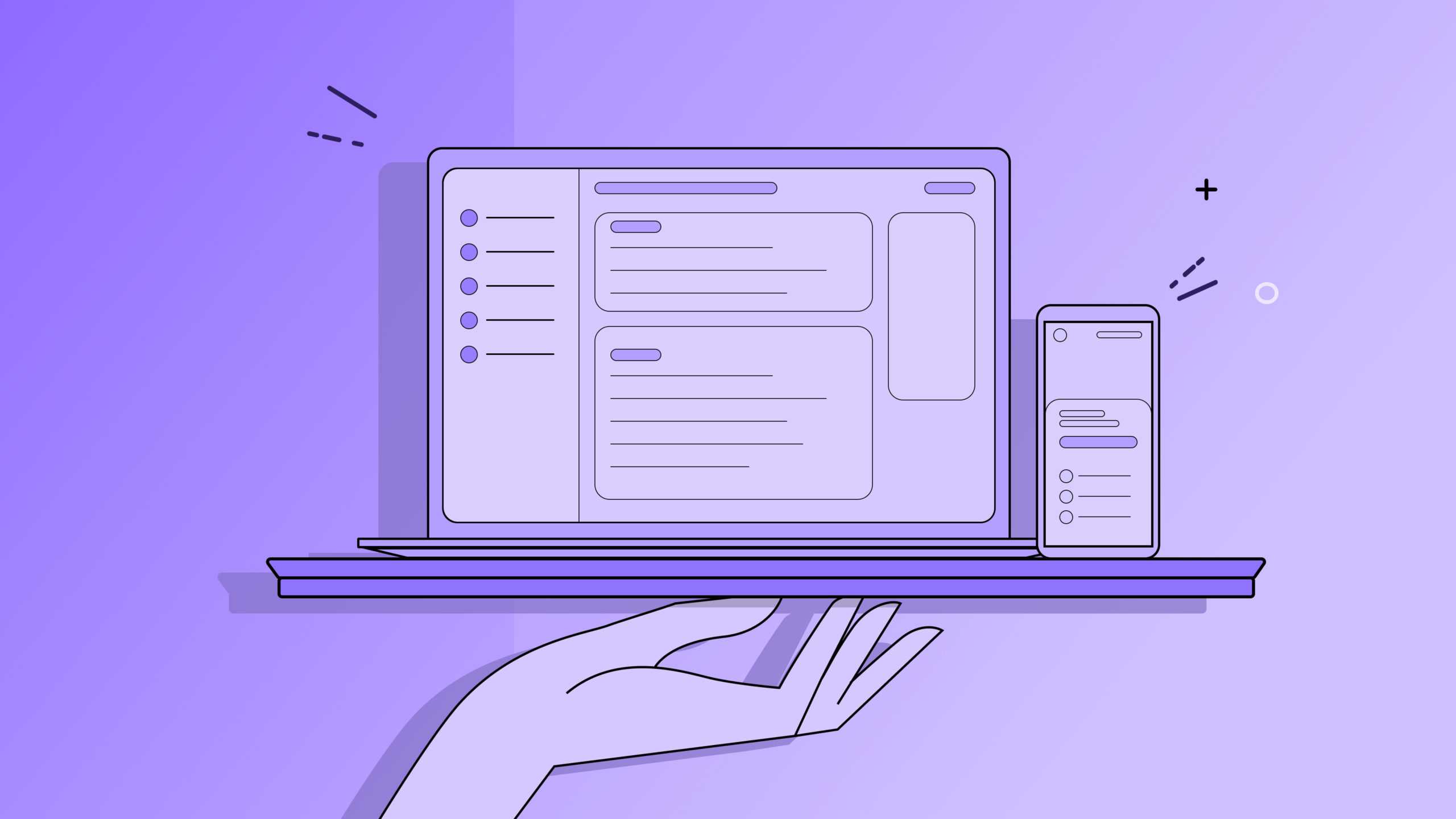Nowadays, there are many job offers for user experience designers, user interface designers, visual designers, graphic designers, and more. But as you browse through the job descriptions, you see that they’re very similar, so what’s that about? Because there are so many different titles, it’s easy to get confused.
This article is an overview of the role of the product designer – how the combination of user experience designer and user interface designer works out at the software development company.
What does it mean to be a product designer designer at Gorrion? What skills do you need to become one? In what stages of custom software development do designers participate? Let’s see.
The difference between a UX designer and a UI designer
UI designers (often called interaction designers) focus mainly on the interface of a product. This can range from the web pages on the desktop to our mobile application screens. UI designers generally know about front-end development and graphic design.
UX designers, on the other hand, take care of all areas of the user experience. This means doing competitor analysis and user research, creating wireframes and testable prototypes and focusing on a high-level view of a given solution.
Together, UX and UI designers conduct user study, measure usability, and continually test designs to provide a seamless user experience.
What do we do – the role of the product designer
The day is never the same. However, everyone has some routine figured out. I shared my work regime in Gorrion’s take on remote work, so check it out if you like.
At Gorrion, designers are present from the very beginning of the cooperation (or even before that). During the process, we’re there asking questions to validate the idea – define all the unknown and get to the core of the project – we set a clear path of the design process. We also ensure that everyone involved maintains one vision for the brand.
As for product design process, we described it in more detail in the previous posts. Now, let’s focus on differentiating those different aspects of the product designer role to give you an idea of our role in the software development process.
Product discovery workshops, user research and more
To create and maintain a unified vision of a brand, we often suggest discovery workshops that are a great chance to meet the client and get to know the idea from the inside out.
During the product discovery workshops, among other ways, we turn to creative solutions – describing user personas, doing Priority Matrix or SWOT analysis, and writing user stories. Thanks to this, we’re conducting user research, market research, customer analysis, and collaborating with a client – everything at the same time. And instead of asking questions, we turn to a creative approach.
Conducting user research
The user research process is when you map out your project and identify who you design for, the users’ goals and challenges concerning the product. These tasks empower the UX design team to identify the core features required to produce a Minimum Viable Product (in other words, the first iteration of a product you’ll release) and start developing new ones.
User flows and wireframes
Another part of our job is mapping out a person’s experience of a product and making first visualizations of it.
What are user flows? They’re simple flowcharts – they visualize every step a user takes during the use of software from the initial point to the final interaction. Wireframes, on the other hand, are a kind of blueprints of a given digital product.
We cover the wireframing process in better detail in the article What does a client get from designers?
Prototyping and user testing
A prototype is another step in product design. It’s just a scaled-down version of your solution that allows you to test your design before it gets developed. Prototypes range from the lightest of paper designs to high-definition interactives. Testing your prototype with real users helps you, as a designer, to point out all design bugs before you design a final product.
Going the extra mile
As you can see, because this position is a combination of two roles, we’re much more engaged in the process. We’re not only doing prototyping, creating low-fi and high-fi wireframes or participating in condign quantitive and qualitative research. But we also take part in estimating the project, and we carry out usability tests with the users.
Moreover, we work closely with developers to create easy to navigate and intuitive digital products with a seamless user experience. One of the ways to ensure that is doing design reviews. After every sprint meeting, when some of the features are ready, it’s our turn to check whether they’re ready for the client.
Hence, we must understand clients’ businesses and their challenges and have strong analytical skills to adopt and design strategies that will meet user needs properly. So, it’s so much more than pure creativity.
Design thinking
It’s a collaborative process, and it’s iterative. It’s how we turn complex user journeys into simple ones. There’s no other way to do it if you want to provide a seamless user experience.
A career in UX/UI is as much about collaboration as it is about design. The work of product designers can be rarely done in the early stage after product development or product release. There will be refinements, small changes, new releases, comments, and analyses for our team. The final imagery, color themes and icons will normally be handled by an app design.
If you want something clear about how UX and UI design differ, here’s one good source. The product design process is highly iterative, and a career in UX/UI is more about collaboration, coordination rather than design.
What skills do UX designers need to have?
UX designers must demonstrate a range of skills as wireframing, prototyping, or interpretation of data and feedback. Adaptability, communication, empathy, problem-solving and teamwork are also essential soft skills.
Also, business knowledge is often helpful in the design field. It’s essential to identify the company goals and the needs of the potential customers when choosing a design solution.
Do UX designers need to code?
Yes and no. Nowadays, many user interface design and development teams have good background knowledge in HTML CSS.
By fluently interpreting a user interface design concept, an engineer can better explain its utility. As of now, many SaaS models are supporting ‘no-code’ design methods, so it’s an increasing need for coding skills in UX design jobs. However, this demand slowly decreases because of the shift in market demand for low code design jobs.
Why Gorrion
As we work in Scrum, one of the Agile frameworks, our process is iterative. Hence, during Sprint, we like to keep things flexible and creative during the product design process, just like I showed you in the previous section.
We also participate in internal workshops and conferences to keep learning new things. As for newcomers, the mentoring system helps new Gorrions adapt to an unknown environment and makes the onboarding process much easier and smoother.
Looking for a job in the IT industry? Join us! Check out our career section for the current positions.
